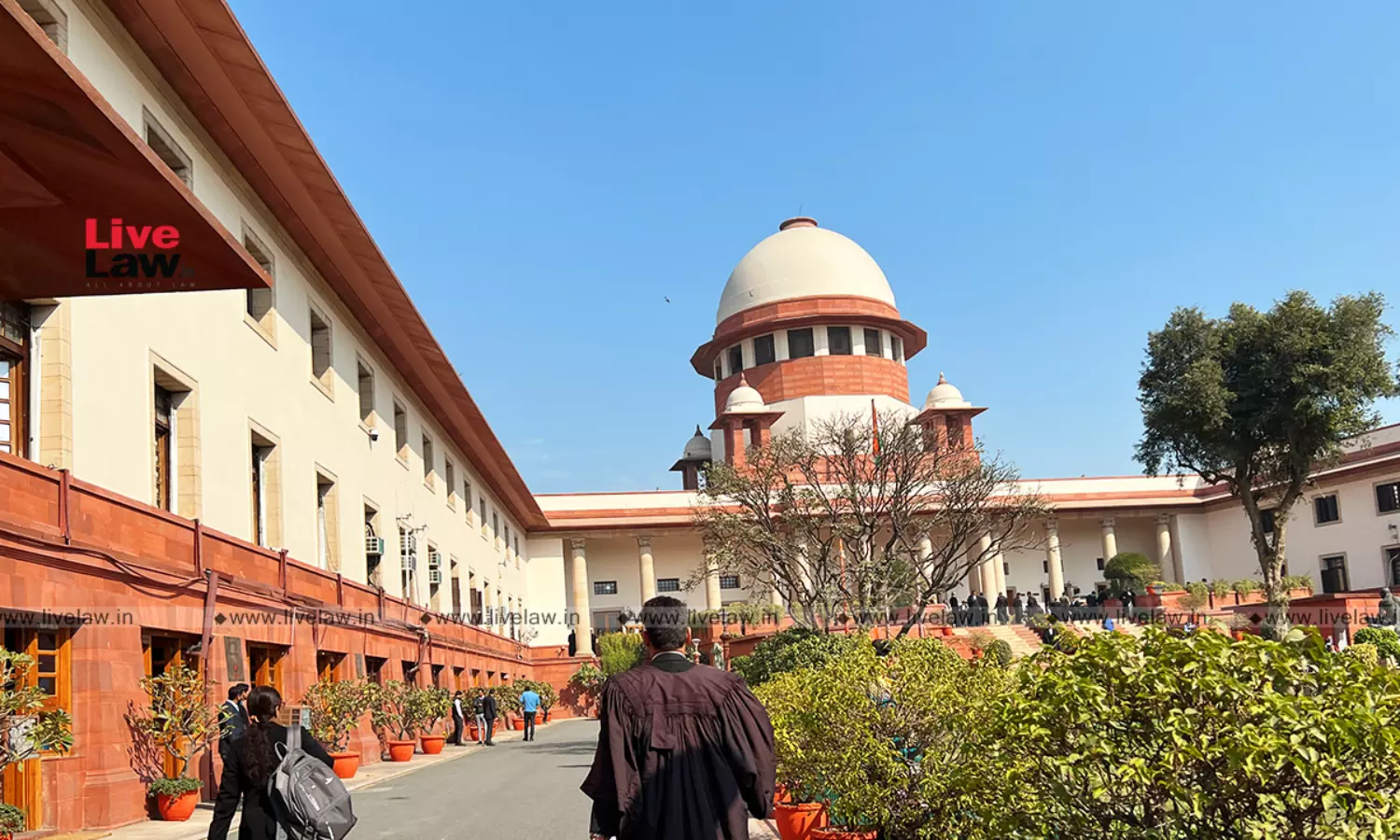Supreme Court Refuses To Entertain PIL Seeking Installation Of CCTV Cameras In All Vehicles

The Supreme Court on Friday refused to entertain a Public Interest Litigation (PIL) seeking to direct the Union to frame guidelines for installation of CCTV cameras in all vehicles across the country. The PIL also requested the implementation of Section 136-A of the Motor Vehicles Act, which requires the installation of body cams and dash cams in public vehicles. The bench, comprising Justice...
The Supreme Court on Friday refused to entertain a Public Interest Litigation (PIL) seeking to direct the Union to frame guidelines for installation of CCTV cameras in all vehicles across the country. The PIL also requested the implementation of Section 136-A of the Motor Vehicles Act, which requires the installation of body cams and dash cams in public vehicles. The bench, comprising Justice SK Kaul and Justice Sudhanshu Dhulia, showed reluctance to entertain the plea, stating that the matter should be addressed by the executive rather than the court. Justice Kaul said–
"You want this court to monitor where all cameras will be put, regulate traffic, call all states? Sorry, it's a matter to be looked into by the executive."
In response to the court's disinclination, Advocate Anando Mukherjee, representing the petitioner, chose to withdraw the petition.
The PIL argued that making CCTV cameras mandatory in all public and private vehicles, with strict penalties for non-compliance, would act as a deterrent for future incidents and facilitate quick and fair resolutions of such cases. The petitioner, a public activist, filed the Writ Petition under Article 32 of the Indian Constitution, emphasizing the importance of enhancing road safety and protecting both drivers and pedestrians. The aim was to enable swift resolutions of disputes arising from traffic accidents and other road-related incidents.
The petitioner sought a writ of mandamus to direct the Union of India and State Governments to frame regulations under the Motor Vehicles Act, mandating the use of dashboard cameras and rear-view cameras in all vehicles. Such a directive was considered essential to curb and apprehend those involved in road violations and accidents, thereby safeguarding the life and liberty rights guaranteed under Article 21 of the Indian Constitution.
The Motor Vehicles Act already contains provisions and amendments to incorporate the use of CCTVs for enhancing road, motor, and traffic safety. Specifically, Section 136-A of the Act provides for electronic monitoring and enforcement of road safety on various types of roads. Subsection 2 of Section 136-A empowers the Central Government to establish rules for electronic monitoring and enforcement, including the use of speed cameras, closed-circuit television cameras, speed guns, body-wearable cameras, and other relevant technologies. Additionally, Rule 167-A in the Central Motor Vehicle Rules, 1987, outlines the requirements for electronic monitoring and enforcement of road security to be implemented by State governments.
It may be noted that a bench led by Chief Justice of India is already seized of a matter relating to implementation of Section 136A of the MV Act.
Case Title : Mithun Mondal vs Union of India | Diary No. 18063-2023


![Offer Extended Till 15th April! 30% Discount On LiveLaw Academys Judicial Service Examination Preparation Course [Apply Now!] Offer Extended Till 15th April! 30% Discount On LiveLaw Academys Judicial Service Examination Preparation Course [Apply Now!]](https://www.livelaw.in/h-upload/2025/04/12/500x300_595581-lla-early-bird-750-x-450.webp)

